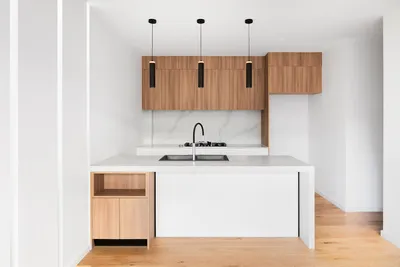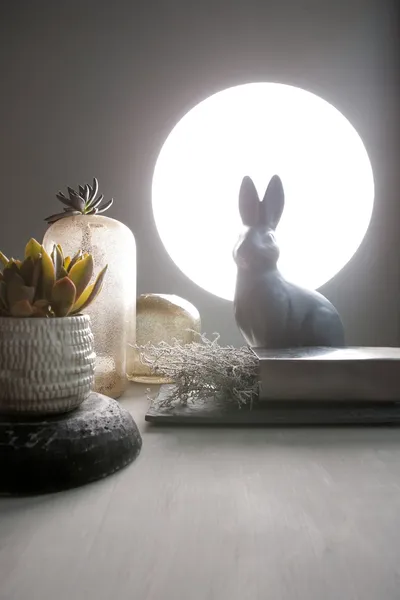How to Choose the Perfect Lighting for Your Home Office

Introduction
Lighting is a crucial element in designing a home office that is both productive and comfortable. The right lighting setup can reduce eye strain, elevate mood, and enhance overall productivity. In this guide, we'll explore how to choose the perfect lighting for your home office.
Understanding Different Types of Lighting
Ambient Lighting
Ambient lighting serves as the primary source of light in a room. It's designed to create a uniform illumination throughout the space. Ceiling-mounted fixtures, chandeliers, and recessed lights are common types of ambient lighting. A well-lit room from ambient lighting sets a suitable base for additional light sources.
Task Lighting
Task lighting focuses on a specific area to assist with activities like reading, writing, or computer work. Desk lamps and under-cabinet lights are effective forms of task lighting. The key is to position the task light so it eliminates shadows and reduces glare while working.
Accent Lighting
Accent lighting adds depth and dimension to your office by highlighting certain areas or objects. Wall sconces, track lighting, and picture lights are common choices. Accent lighting is generally used to complement ambient and task lighting, creating a balanced and inviting workspace.
Choosing the Right Bulbs
Brightness and Lumens
The brightness of a light bulb is measured in lumens. For a home office, it's recommended to have a combination of lights that together offer a range of 2,000-4,000 lumens. Balance is essential to prevent a room from being too dim or overly bright.
Color Temperature
Color temperature affects the ambiance and effectiveness of lighting. Measured in Kelvin (K), a home office environment benefits from cooler light between 3,000 and 5,000 Kelvin. Cooler light tends to be more stimulating and can help maintain focus during long work hours.
Placement and Design Tips
Desk Placement
Position your desk near a window to take advantage of natural light. Ensure the light source does not cause glare on your computer screen. Use curtains or blinds to control the intensity of daylight hitting your workstation.
Layer Your Lighting
A well-designed office includes multiple layers of lighting. Combine ambient light with task and accent lighting to eliminate shadows and reduce eye strain. Layering lights can also add aesthetic appeal to your office space.
Conclusion
Choosing the perfect lighting for your home office involves understanding different types of lighting, selecting the appropriate bulbs, and planning their placement carefully. With the right lighting setup, you can create a productive and comfortable workspace that meets all your needs.
Most Popular Interior Design Articles
Explore our most-read articles, featuring timeless design tips and popular styling ideas that resonate with our readers.

Must-Have Kitchen Homeware for a Stylish Transformation

Organizational Hacks to Declutter Your Office Space

